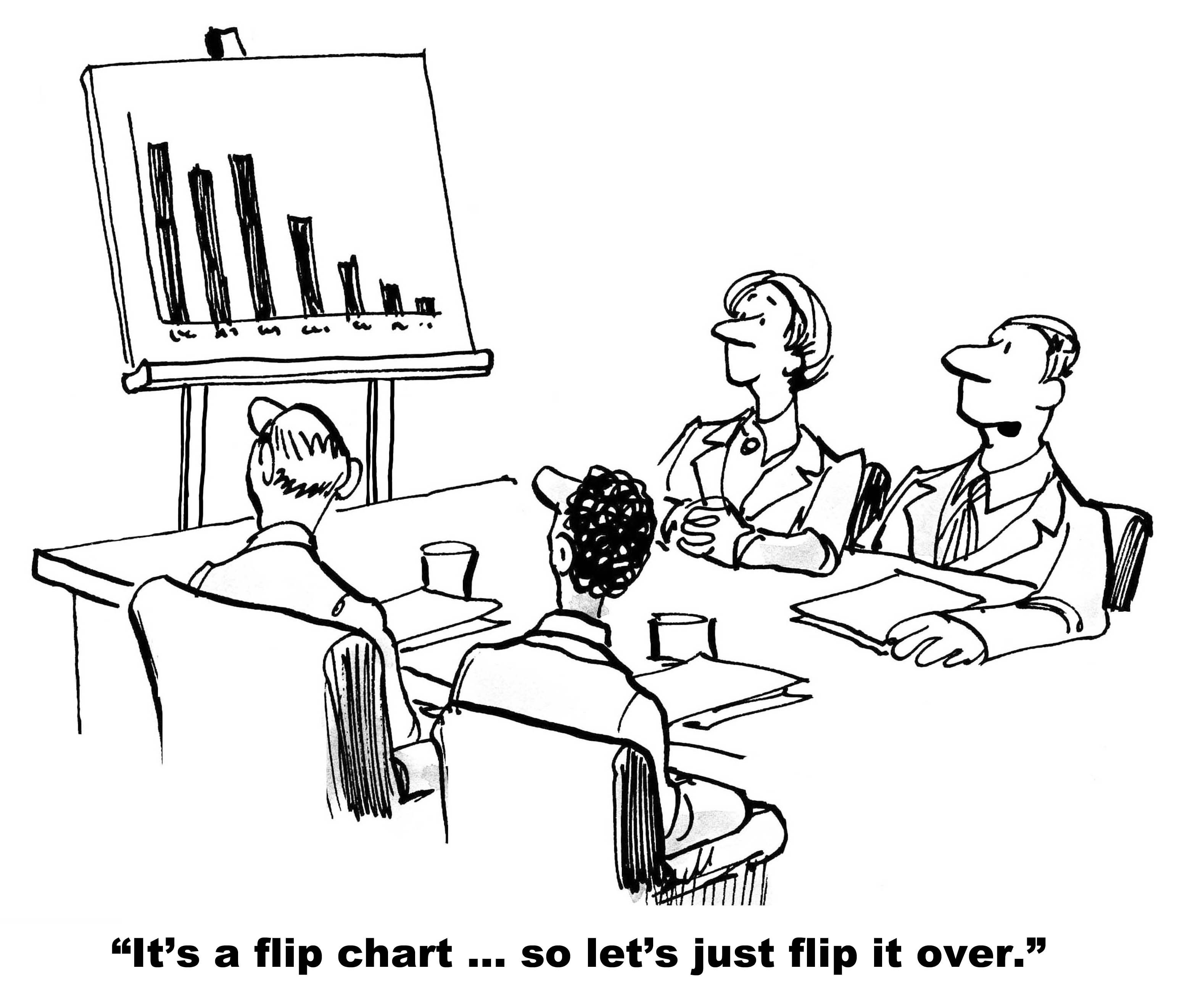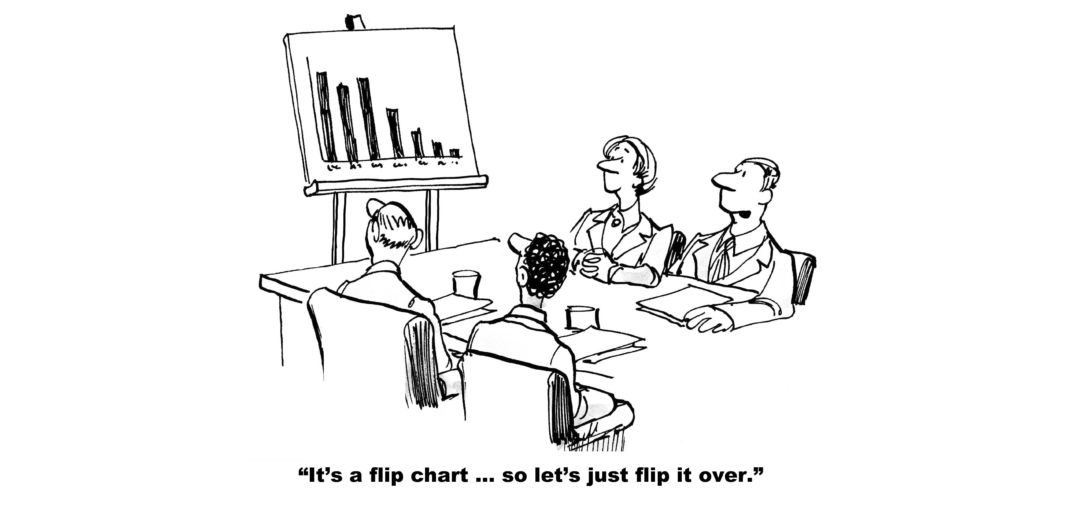“What gets measured, gets managed.”
– Peter Drucker

When I clumsily missed a step, twisted my ankle, and went to the nearest urgent care facility, the internist asked me to rate my pain, with one (1) being in the lowest pain and ten (10) being the highest. After having surgery on that same ankle, I was instructed to look at emojis depicting different expressions and select the emoji that best described my pain level.
When we initially think of measuring something, the first thing that comes to mind is adding, subtracting, multiplying, or dividing. Measuring, as in my medical example, can also be non-numerical. The point here is that we cannot determine what has improved, what has remained the same, or what was or is failing unless it is measured.
Depending on what is being measured, the answer to these questions is used to determine the level of effort or success.
Are your customers satisfied with the product or service you have provided? Please don’t assume they are; measure it! When determining the quality of your customer service, here are a few questions (areas to measure) to consider:
- Have you been accountable and responsive to your customer needs?
- Have you been accessible and responsive to your customer’s needs?
- Have you been courteous and helpful in response to your customer’s needs?
- Have you displayed knowledge your customer found informative and valuable to your customer?
- Were you expedient and efficient in addressing your customer’s needs?
Measuring your customer’s satisfaction is one way to retain customer loyalty, lead to repeat customers, or turn customers into business champions – customers that are willing to refer your service to others.
One of the pinnacle parts of a Strategic Plan is an Action Plan. The Action Plan not only ensures the implementation of the Strategic Plan, but it is also a tool used to measure whether the goals and objectives are met. The Action Plan, which supports your business strategies, should list the metrics you will track. KPIs or key performance indicators should be carefully considered and maintained over the project’s life or Plan. Examples of financial metrics are profit or revenue, the number of sales, and conversion rates. Examples of non-financial metrics include customer service satisfaction, operational efficiency, number of hours lost, and overall impact.
What is measured can be managed! Let IMS show you how.
Posted by Dr. Drena Valentine to LinkedIn on May 7, 2021


Recent Comments